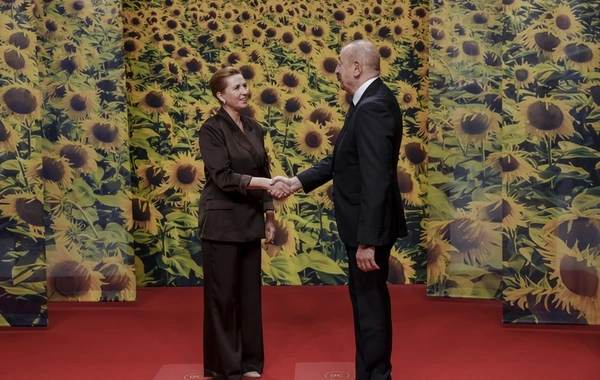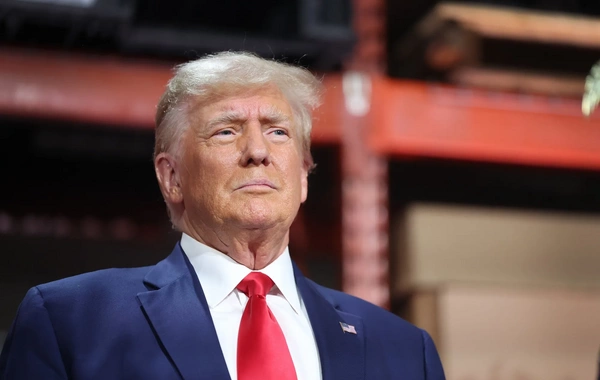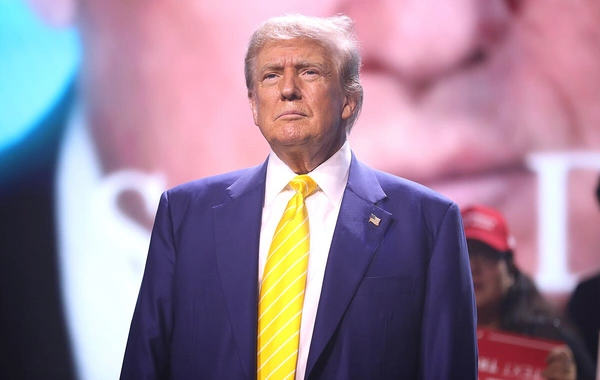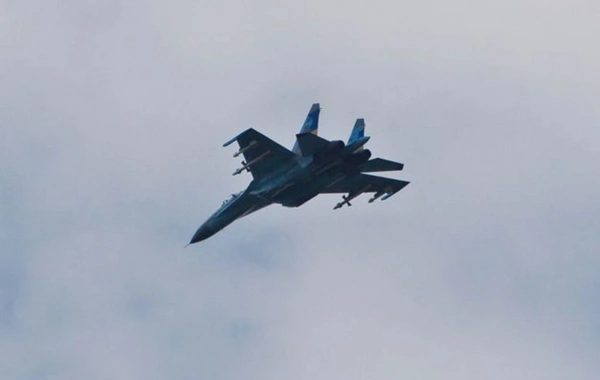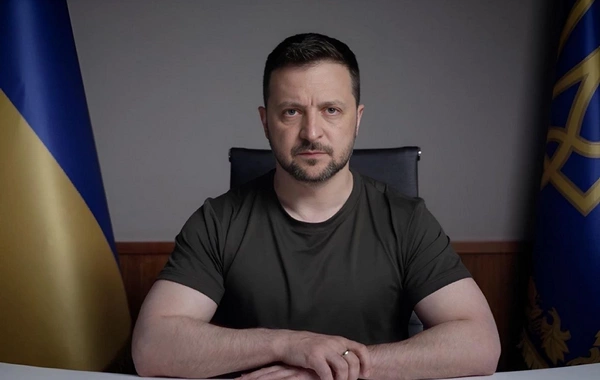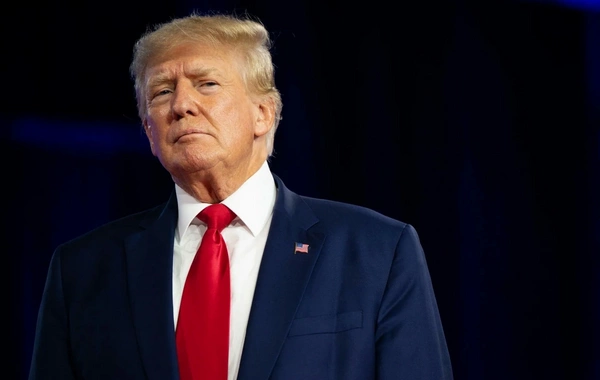Russia-Ukraine War
Russia-Ukraine War
The Russia-Ukraine War, which escalated into a full-scale invasion on February 24, 2022, marks a significant escalation of tensions that began in 2014 with Russia’s annexation of Crimea and support for separatists in Donbas. Triggered by Russia’s aim to prevent Ukraine’s alignment with Western institutions like NATO, the conflict has become the deadliest European war since World War II. Russian President Vladimir Putin launched the invasion under the pretext of protecting Russian-speaking populations, leading to widespread devastation and displacing millions.
Military Developments and Territorial Control
As of August 2025, Russian forces control approximately 20% of Ukrainian territory, including Crimea and parts of Donetsk, Luhansk, Zaporizhzhia, and Kherson. Russian advances have focused on the Donbas region, with recent gains near Pokrovsk and Dobropillya in Donetsk, where heavy fighting has resulted in significant casualties. Ukraine has mounted counteroffensives, notably the Kursk incursion in August 2024, capturing 1,250 square kilometers of Russian territory before Russian forces regained ground. Ukrainian drone strikes on Russian infrastructure, such as oil refineries in Volgograd and Ryazan, have caused significant economic damage, estimated at $714 million by March 2025.
The war has seen evolving tactics, with Russia intensifying long-range missile and drone strikes, targeting Ukrainian cities like Kyiv and Odesa. A notable attack in August 2025 involved 574 drones and 40 missiles, damaging critical infrastructure. Ukraine’s military, despite ammunition shortages and leadership challenges, has shown resilience, with successes like retaking villages in Sumy and destroying Russian equipment in Donetsk.
Humanitarian and Economic Impact
The conflict has exacted a heavy toll. Estimates suggest over 250,000 deaths by February 2025, with Russia suffering up to 790,000 casualties and Ukraine around 400,000. Over 9.4 million Ukrainians, 21% of the pre-war population, are displaced, creating Europe’s largest refugee crisis since World War II. Ukraine’s energy infrastructure has been severely hit, losing 48% of its pre-war capacity, with 80% of thermal power destroyed by September 2024. Russia’s economy faces strain from $1.3 trillion in losses due to sanctions and war costs, prompting austerity measures and tax hikes.
Diplomatic Efforts and Challenges
Diplomatic efforts to end the war have intensified in 2025, driven by U.S. President Donald Trump’s push for a ceasefire. A summit in Alaska on August 15, 2025, between Trump and Putin discussed territorial swaps and security guarantees, but no agreement was reached. Putin demands Ukraine cede Donetsk and Luhansk entirely, a condition Kyiv rejects, emphasizing the need for an unconditional ceasefire and NATO-like security assurances. Ukrainian President Volodymyr Zelenskyy has engaged with European leaders and others to bolster support, but talks remain stalled. Proposals for a trilateral summit involving Putin, Zelenskyy, and Trump are underway, with potential venues like Budapest or Switzerland being considered.
Global Implications
The war has reshaped global alliances and economies. Western sanctions have isolated Russia, while Ukraine’s resistance has galvanized NATO and EU support. Russia’s control of Ukrainian resources, including lithium and grain, strengthens its economic leverage, but sanctions hinder its growth. The conflict’s ripple effects include energy crises and food insecurity worldwide, with Ukraine’s grain exports disrupted. The involvement of North Korean troops and Russia’s increased drone production signal a protracted conflict, raising fears of escalation, particularly around the Zaporizhzhia nuclear plant.
Current Outlook
As of August 2025, the war shows no immediate resolution. Russia’s gradual territorial gains and Ukraine’s defensive struggles highlight a war of attrition. Zelenskyy insists on no territorial concessions without robust security guarantees, while Putin’s maximalist demands suggest prolonged fighting. International efforts, including EU sanctions and U.S.-led talks, aim to pressure Russia, but diplomatic breakthroughs remain elusive. The conflict continues to test global resolve, with Ukraine’s resilience and Russia’s persistence shaping a volatile future.





